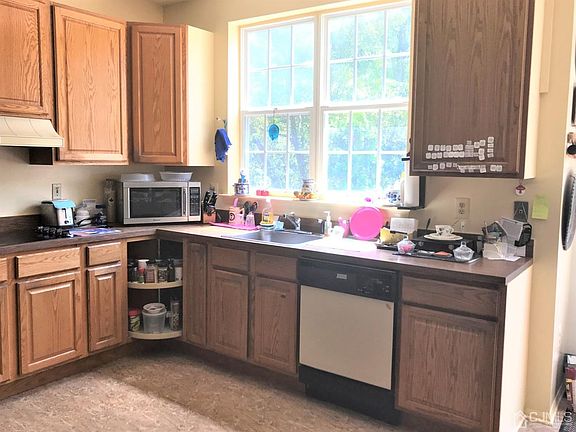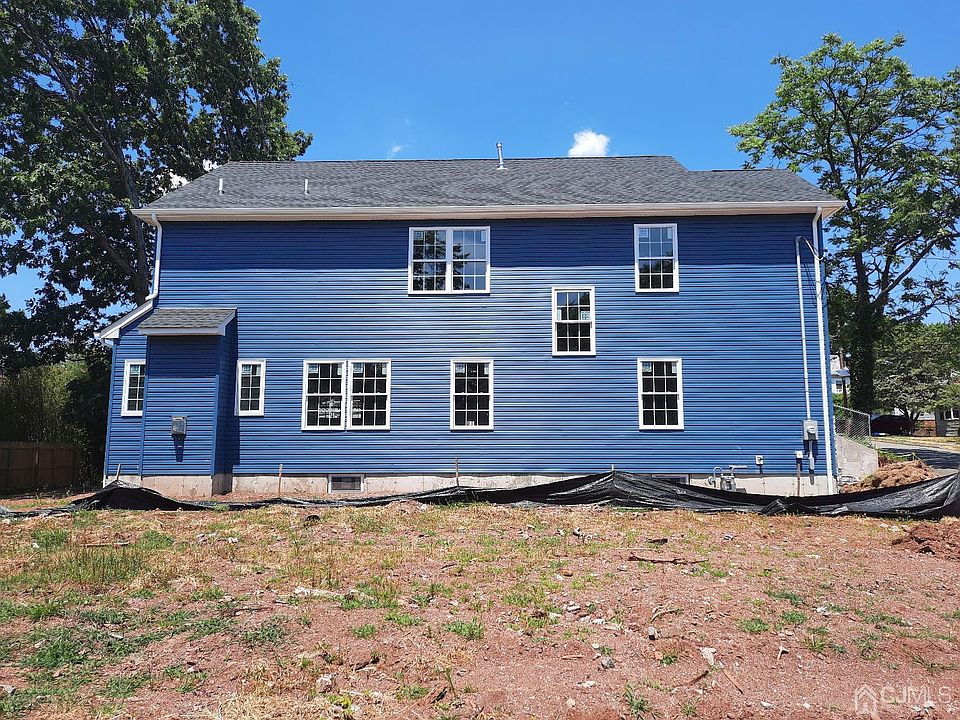

In 1918, Robert Wood Johnson II was appointed to the Highland Park Council and became mayor in 1920. The 1905 New Jersey census counted 147 dwellings in the new borough.

The fire department, which had formed in 1899, also wanted more local control over their affairs. Residents wanted an independent school system and there was a related dispute over school taxes. Highland Park's drive for independence from Raritan Township arose over the issue of public schooling. Highland Park had its own school district and on March 15, 1905, the Borough of Highland Park was formed. The Doughboy statue in downtown Highland Park In the 1870s, the small hamlet became better known as "Highland Park", a name derived from the suburban housing development although the area adjacent to the railroad tracks continued to be called "East New Brunswick." ġ870 was also the year in which Highland Park was annexed to the newly formed township now called Edison, but at the time called Raritan Township. Residential development slowly began 30 years later, with several stately houses constructed on Adelaide Avenue and more modest houses constructed on Cedar, First, and Second Avenues and Magnolia, Benner, and Johnson Streets. ĭespite the canal and the railroad, Highland Park's land continued to be used for agriculture. A replacement iron truss bridge was constructed on the existing enlarged stone piers, which in turn was replaced in 1902 by the current twelve-span stone arch bridge encased in concrete in the 1940s. It was destroyed by a suspicious fire in 1878. In 1836, the New Jersey Railroad and Transportation Company built a rail line that terminated on the Highland Park side of the Raritan River and established a station named "East New Brunswick." The Camden and Amboy Railroad built a wood, double-deck bridge which eliminated the station stop in 1838. In the early 19th century, both the Delaware & Raritan Canal and a railroad were constructed largely to serve the commercial center of New Brunswick across the river. The Livingston Homestead, which is listed in the National Register of Historic Places, was owned by the Waldron family throughout most of the 20th century. A gracious Greek Revival house built around 1843 by Robert and Louisa Livingston stands on this property, which remains Highland Park's most prominent historic house. The Reverend John Henry Livingston of the famous Livingston family, newly chosen head of Queen's College (now Rutgers University), purchased a 150-acre (0.61 km 2) plot of land in 1809, which would hereafter be known as the Livingston Manor. In the early 18th century, a few wealthy Europeans including the Van Horns and Merrills settled on large tracts of land establishing an isolated farmstead pattern of development that would continue for the next 150 years. Others early settlers included Captain Francis Drake and other members of the Drake family, relatives of the famous explorer. In the late 17th century, Henry Greenland became one of the area's first European settlers he owned nearly 400 acres (1.6 km 2) of land on the Mill Brook section of the Assunpink Trail, where he operated an inn for travelers. It became the Lincoln Highway Bridge in 1914 and was widened in 1925. The present day seven-span stone arch road bridge was built in 1892 and stretches 595 feet (181 m) across the Raritan River to New Brunswick. The wood plank Albany Street Bridge was dismantled in 1848 and reconstructed in 1853. A toll bridge replaced the ferry in 1795. This river crossing was run by generations of different owners and a ferry house tavern operated for many years in the 18th century. He established a ferry service and the main road then was redirected to lead straight to the ferry landing. In 1685, John Inian bought land on both shores of the Raritan River and built two new landings downstream from the Assunpink Trail's fording place, which was later developed as Raritan Landing.

The earliest settlers of the land that would become Highland Park were the Lenape Native Americans, who hunted in the hills along the Raritan River and had trails that crisscrossed the area, providing a link between the Delaware River and Hudson River areas. 5.3 Federal, state and county representation.

1.2 Buildings designed by Alexander Merchant.


 0 kommentar(er)
0 kommentar(er)
